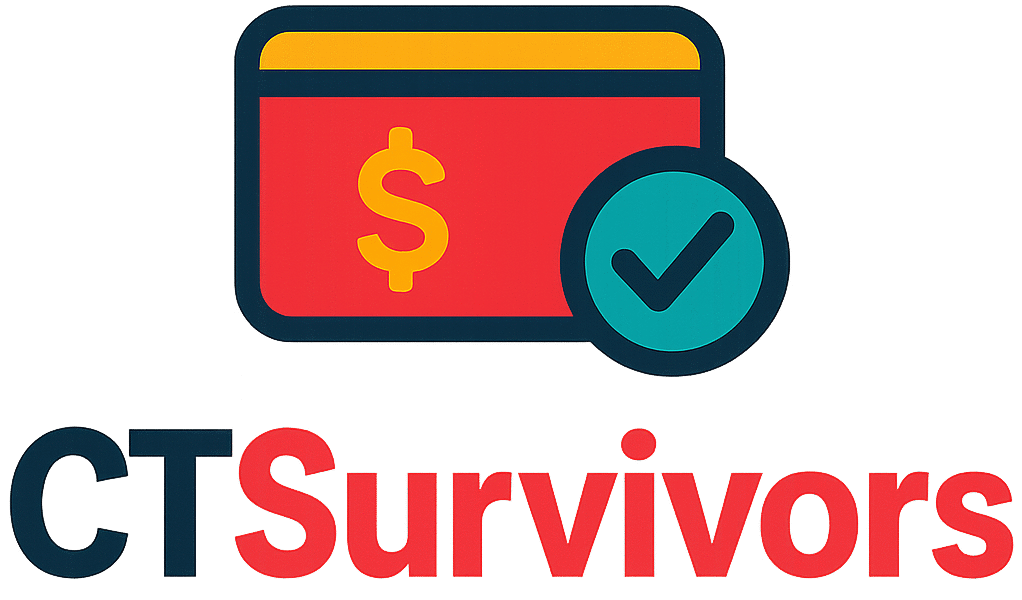Imagine a world where borrowing money doesn’t involve interest rates, repayment deadlines, or complex contracts. Instead, you pay a flat monthly fee to access credit — just like you pay for streaming music or movies. Sounds futuristic? Not really. Banks and fintech startups are already exploring “credit-as-a-service” models. These are essentially subscriptions that give customers ongoing access to funds for a set fee. No interest. No penalty. Just simplicity. The idea could reshape personal finance entirely.
Why Traditional Loans Are Losing Popularity
Traditional credit systems are built on interest. The longer you take to pay, the more you owe. For banks, it’s predictable profit. For consumers, it’s often stress. Between variable rates, hidden fees, and approval hurdles, many people — especially younger generations — are turning away from old-school lending.
Digital natives prefer smoother, transparent experiences. They’re used to subscribing to things they need and canceling what they don’t. In this environment, loans feel like commitment; subscriptions feel like freedom. And in a competitive market, banks are starting to listen.

How Bank Subscriptions Work
Instead of borrowing a lump sum and paying it back with interest, customers subscribe to a service that gives them ongoing access to funds. Here’s what that might look like:
- A fixed monthly fee replaces traditional interest charges.
- Customers can access credit lines or small loans within a preset limit.
- No compounding interest — the cost is the same every month.
- Extra services like financial tracking, overdraft protection, or even insurance might be bundled in.
It’s not “free money,” but it’s a shift from punishment to participation. Instead of paying for how much you borrow, you pay for the right to borrow when you need it — like having credit “on tap.”
Who’s Leading the Shift
Fintech startups in Europe and Latin America are pushing hard in this direction. They offer flat-fee borrowing services tailored for gig workers, students, and people with irregular incomes. For users who don’t qualify for traditional loans, this approach offers easier access with fewer credit checks or paperwork.
Meanwhile, established banks are piloting subscription services that bundle credit with digital tools. Some allow flexible upgrades based on usage. Others offer loyalty bonuses or fee discounts. In both cases, the goal is to lock in customers through predictability and control.
Why Subscriptions Might Work Better Than Loans
The biggest appeal is psychological. Loans often feel like debt traps. Subscriptions feel like services. You pay your fee, you get your access — and you’re in control. That mental shift changes how people relate to money. There’s less anxiety, more flexibility, and often fewer surprises.
Plus, the model rewards discipline. Unlike credit cards that penalize you for delays, subscriptions work better when you manage usage wisely. If you don’t need credit this month? No problem. Cancel or downgrade. Need more next month? Upgrade your plan. It’s borrowing that moves with your life, not against it.
Benefits for Banks and Users
From the bank’s side, subscriptions mean recurring revenue. They also reduce risk. Instead of chasing down interest payments, banks get paid upfront — whether users borrow or not. This makes forecasting easier and lowers the cost of defaults. It’s more like software pricing than finance — and that’s intentional.
For users, the benefits include:
- Flat, predictable monthly costs
- No compound interest
- On-demand access to cash
- Bundled financial tools or perks
- Freedom to pause or cancel when needed
And because these systems often rely on real-time behavioral data (instead of just credit scores), they can offer more personalized limits, better terms, and faster decisions.

Risks and Concerns With Subscription-Based Credit
Still, not everything about the model is rosy. One concern is transparency. While subscriptions eliminate interest, some platforms replace it with usage fees or late penalties that aren’t always obvious. What starts as a $10/month plan could turn into $30 if you exceed your limit or miss a payment.
There’s also the fairness issue. Flat fees mean everyone pays the same — but not everyone borrows the same. Light users might overpay for access they don’t use, while heavy users could stretch systems beyond what’s sustainable. Over time, this could lead to tiered pricing models that replicate many of the problems of traditional lending.
Are Subscriptions Really Cheaper?
That depends. If you borrow small amounts occasionally, a $12 monthly plan may be cheaper than interest on a credit card. But if you’re constantly drawing funds or hitting usage limits, the total monthly fees might exceed what you’d pay with a personal loan. Subscriptions offer predictability, but not always savings.
Another concern is cancellation risk. If your ability to access funds depends on a subscription, missing a payment could lock you out of essential credit. That’s not a risk with traditional loans — once you get the money, you have it. Subscription models introduce new forms of dependency.
Will Regulation Catch Up?
Financial regulation wasn’t built for “pay-as-you-go” credit. That’s a problem. Are subscriptions considered loans? Should they follow the same rules as personal credit or installment plans? What consumer protections apply? These questions aren’t settled — and regulators are starting to take notice.
If subscriptions grow without clear oversight, we could see a new wave of hidden fees, aggressive upselling, and vulnerable users exploited through unclear contracts. For the model to succeed, transparency, fairness, and legal safeguards will be essential.
What the Future Might Look Like
Banking is evolving fast — and credit is no exception. While traditional loans will likely remain for big purchases like homes or cars, smaller everyday credit might shift entirely to subscriptions. We might see banking apps offering Netflix-style plans: $9.99/month for access to $500 credit, $19.99 for $1,000 — bundled with alerts, budgeting tools, and even financial coaching.
This shift could democratize credit, simplify budgeting, and align financial tools with how we live today. Or it could just be a new way for banks to charge fees with better PR. Either way, the idea isn’t going away — and the banks know it.
Credit without loans sounds strange — until you realize how much of your life already runs on subscriptions. As banks test new models, and users demand better financial experiences, credit-as-a-service is more than a trend. It’s a new way to think about money. Whether it proves more affordable or just more convenient remains to be seen. But one thing is clear: the era of flat-fee finance has begun. And it might just change everything.



